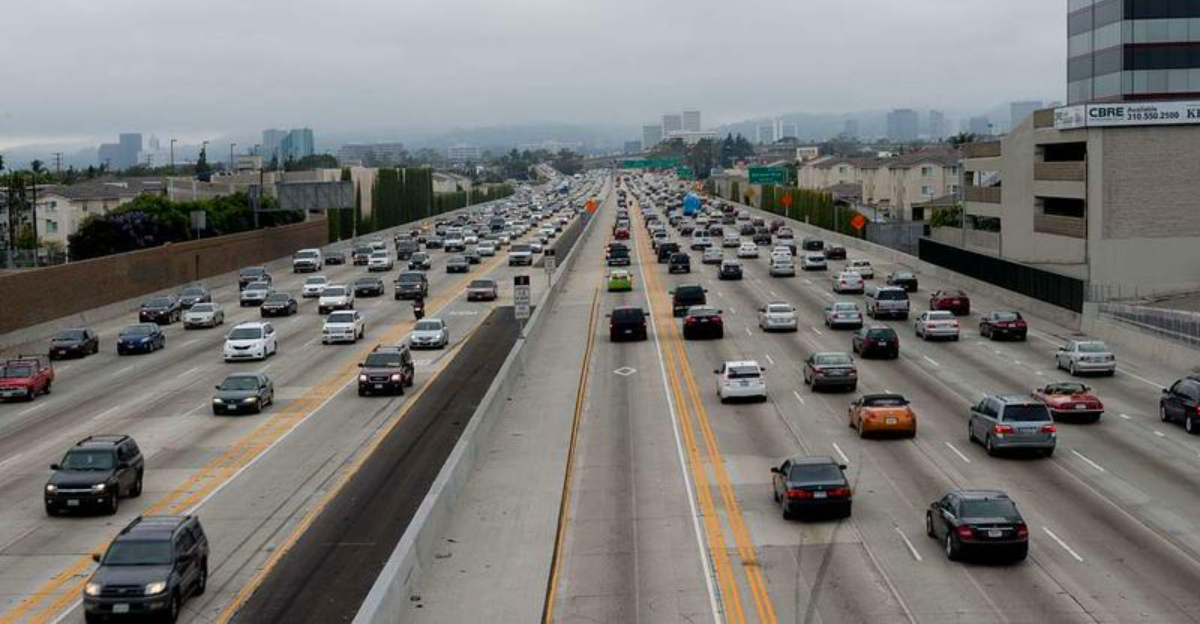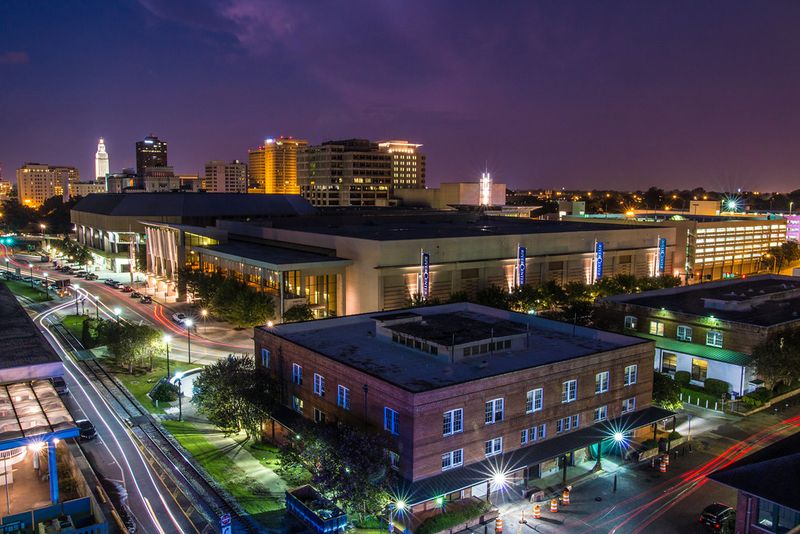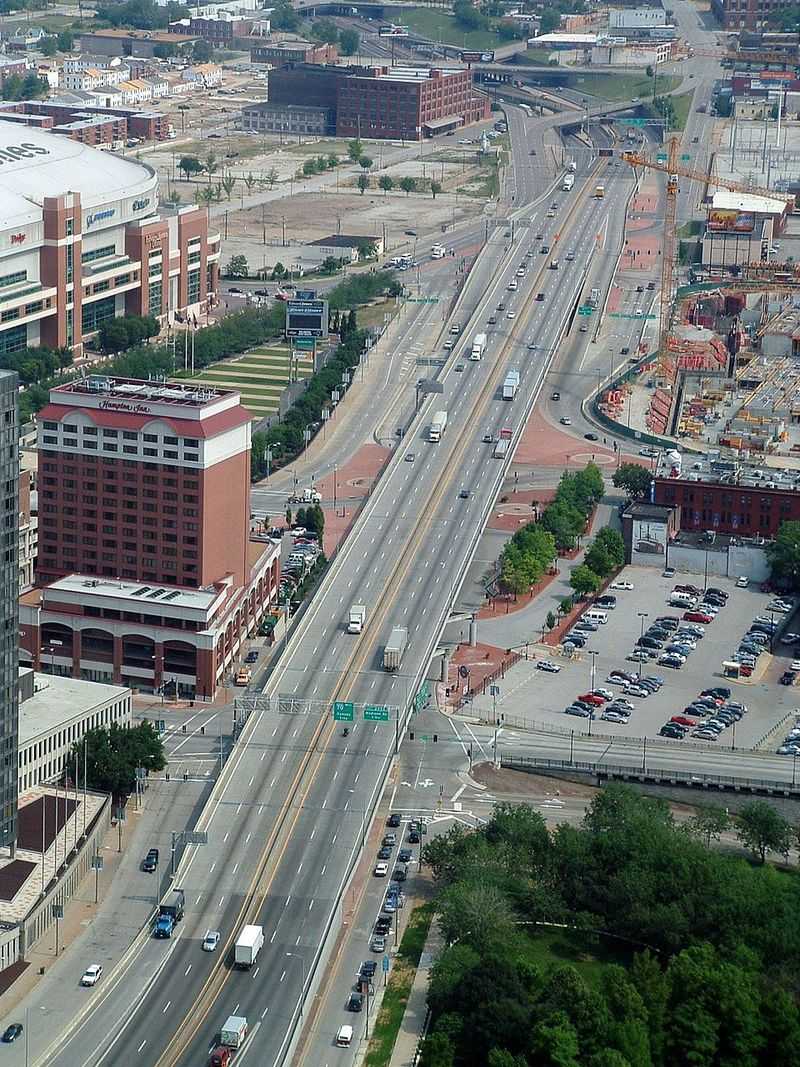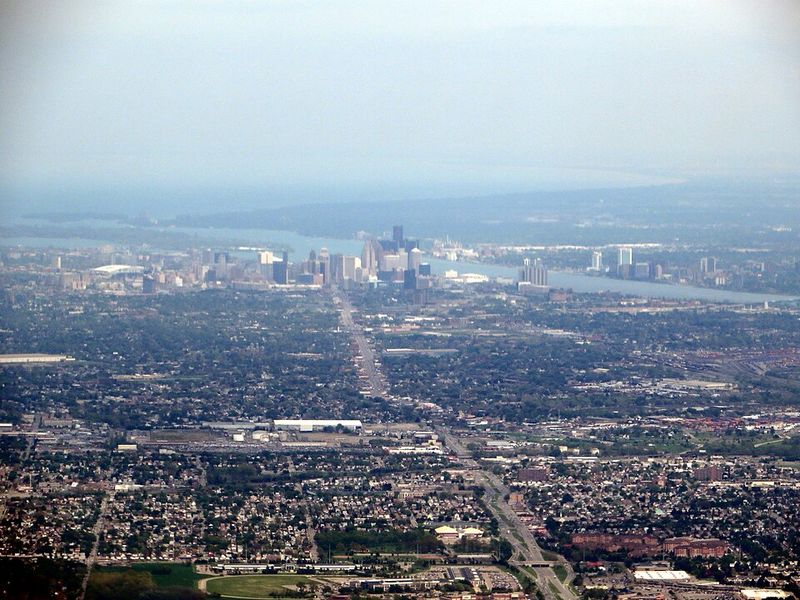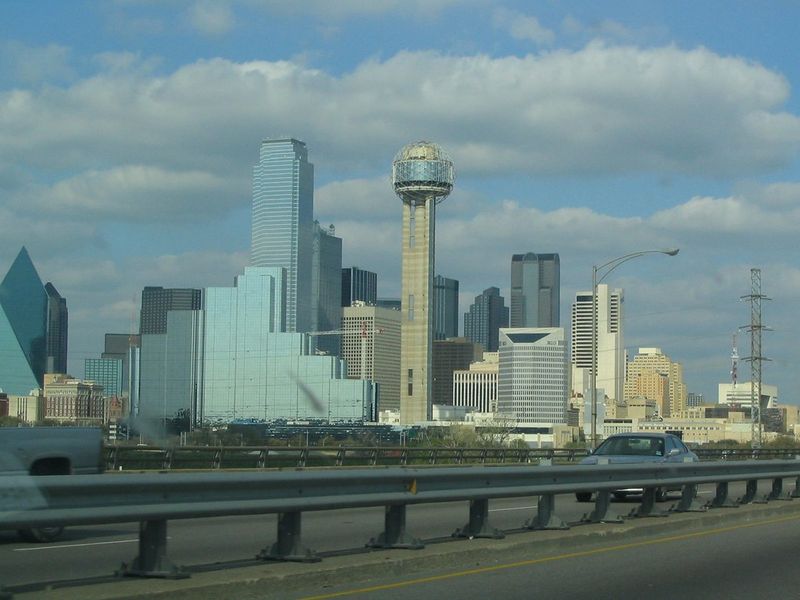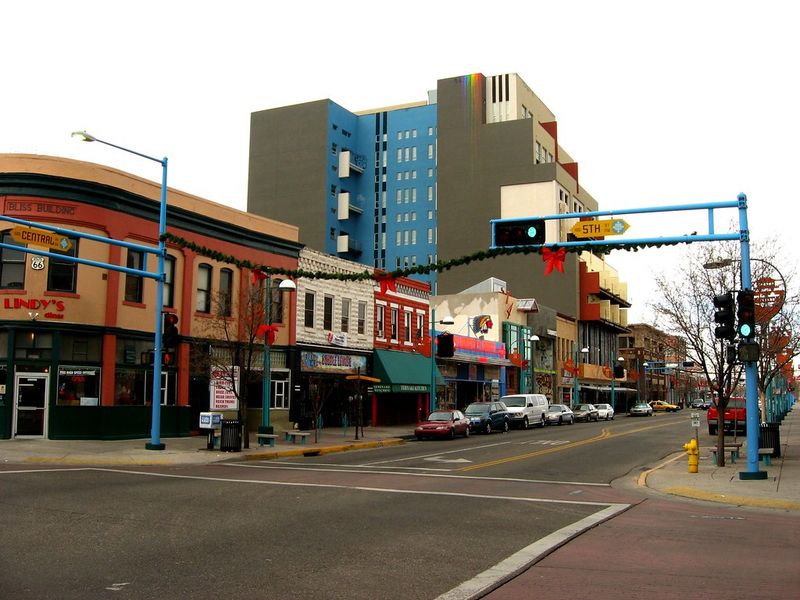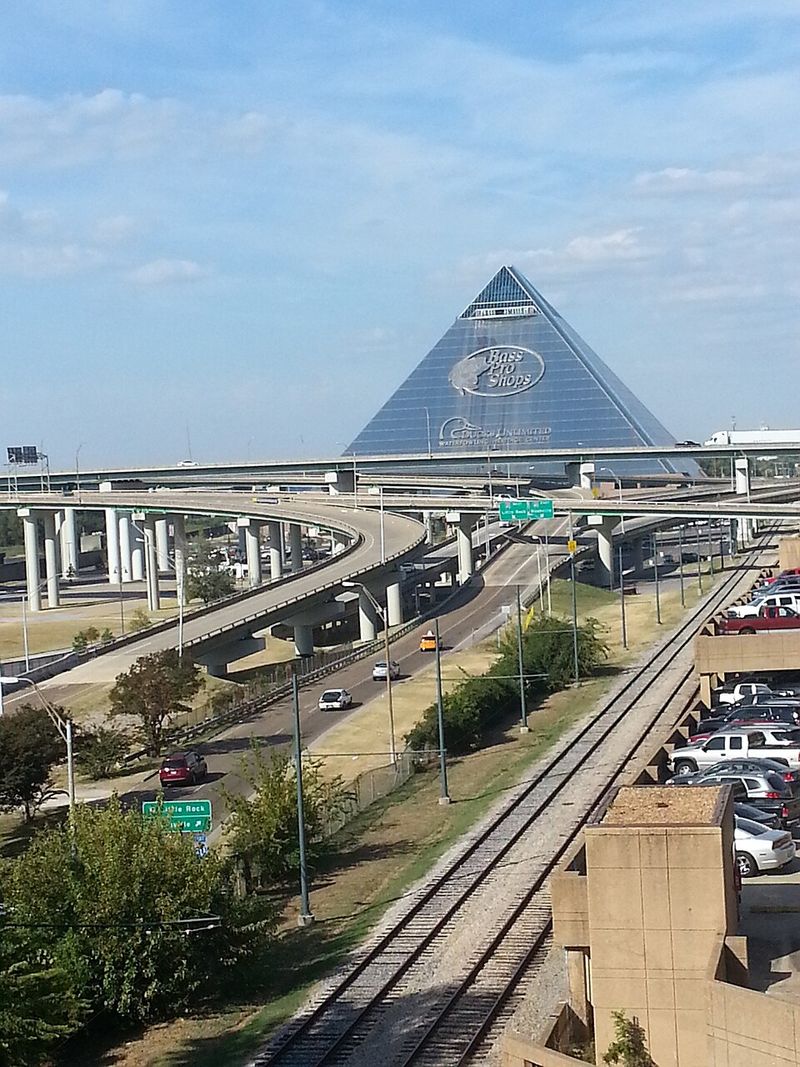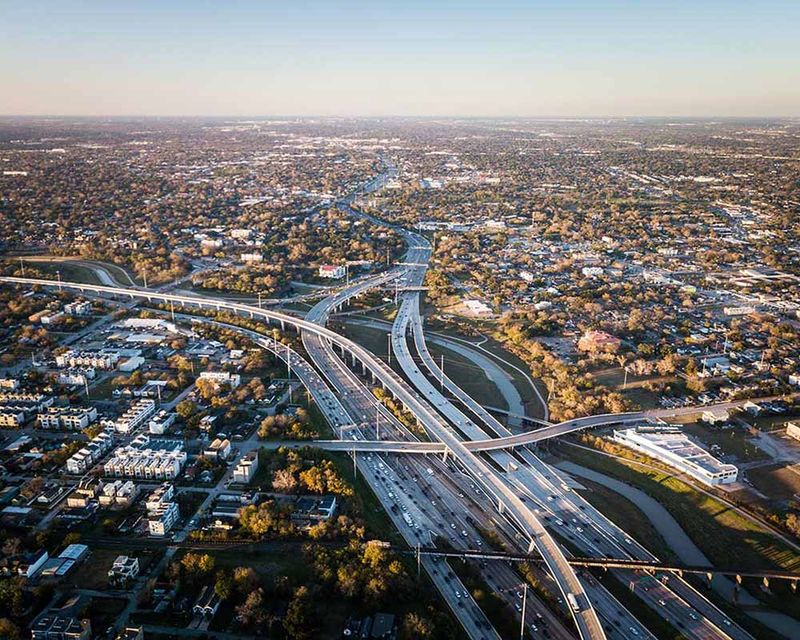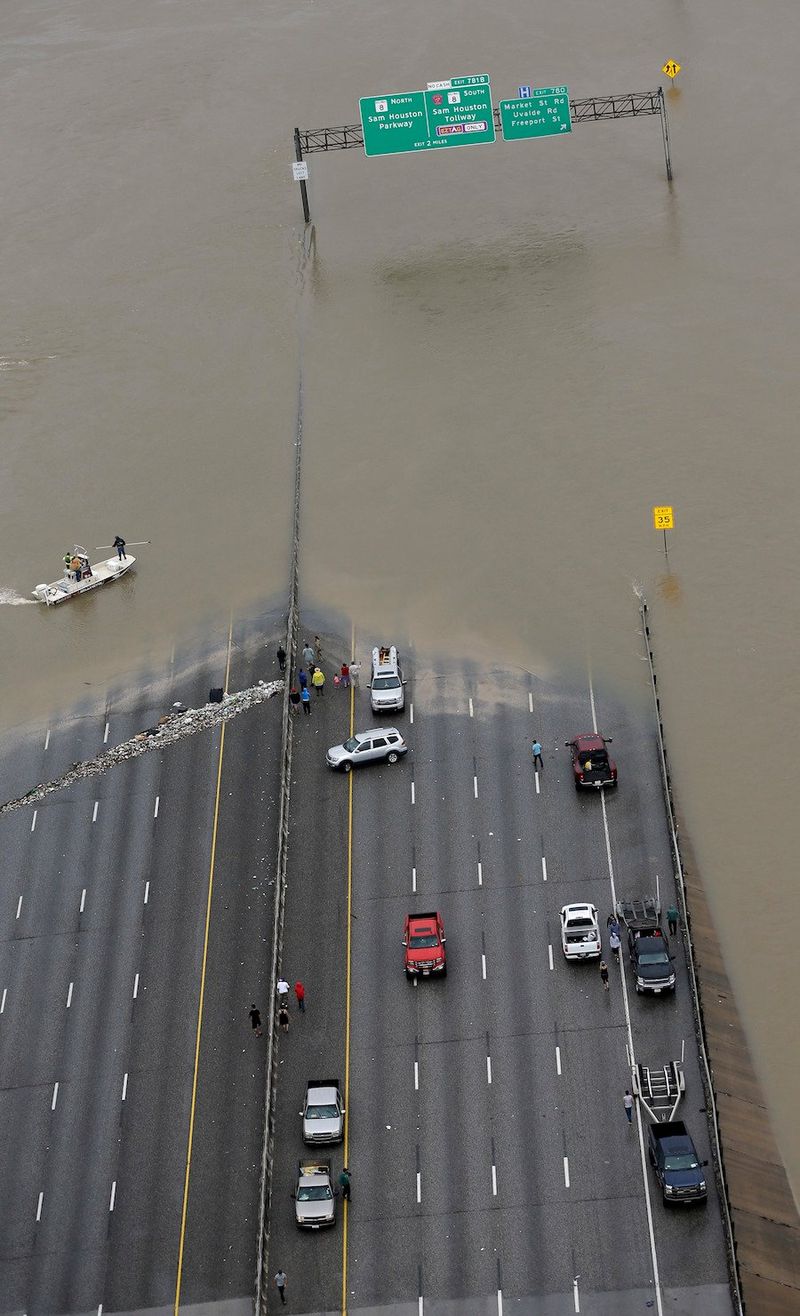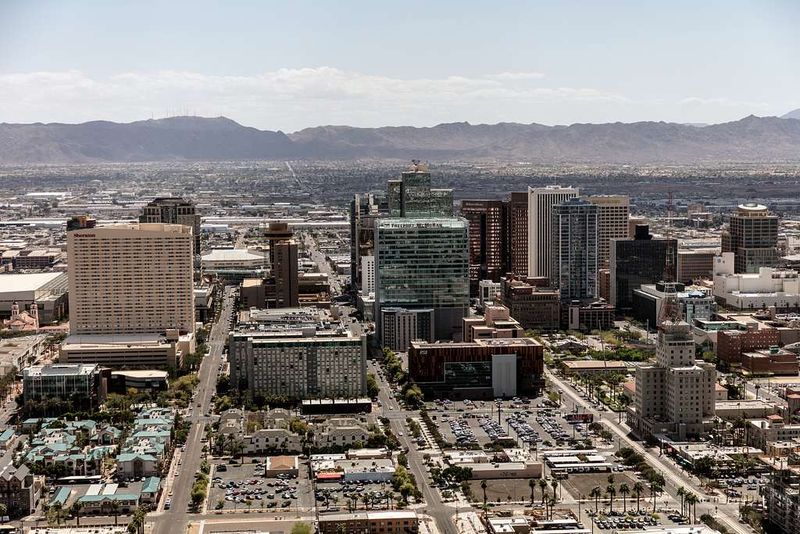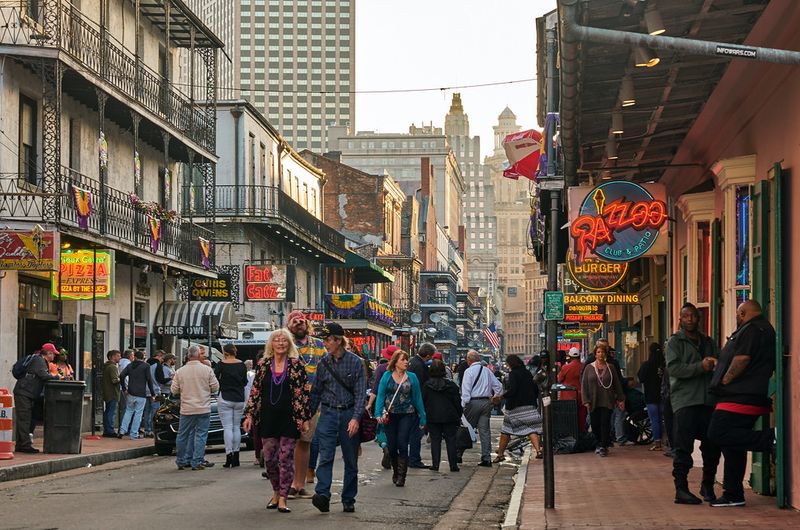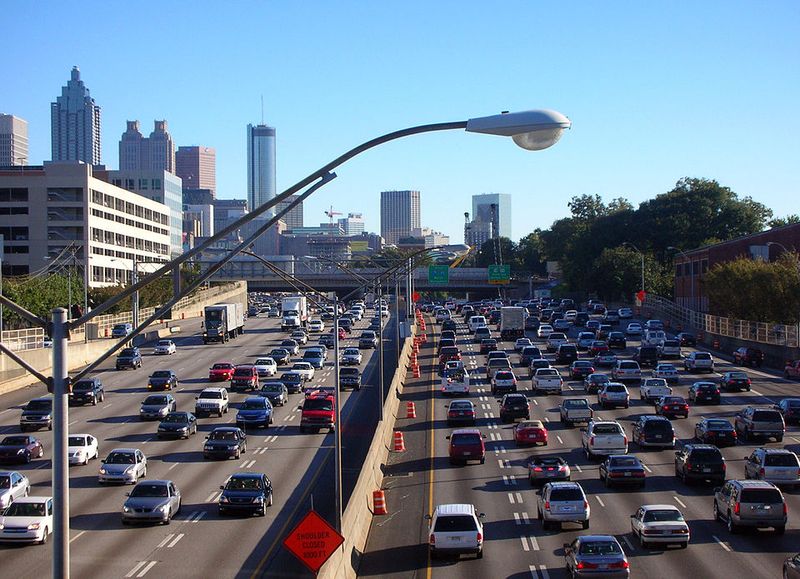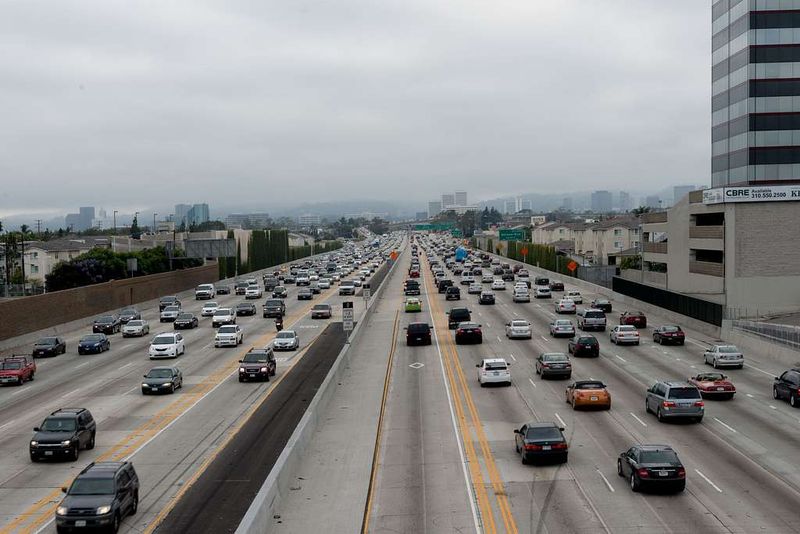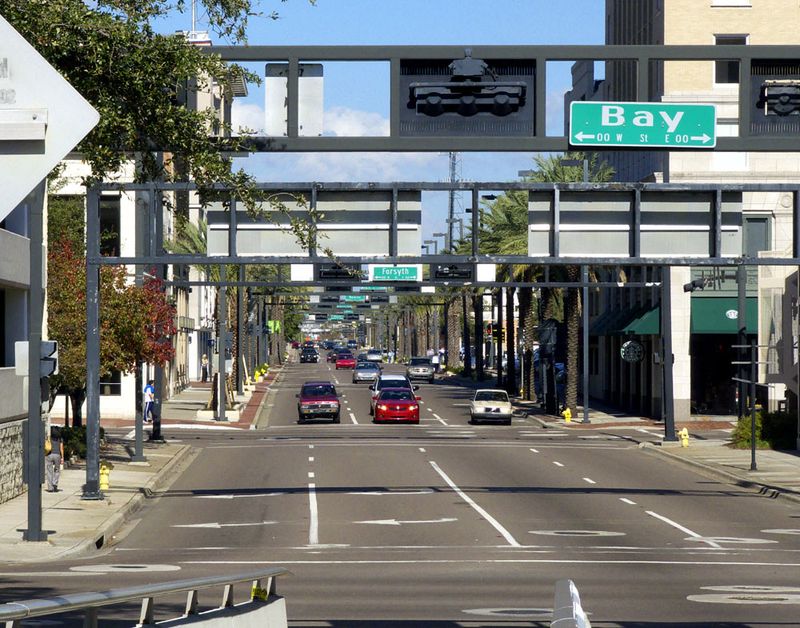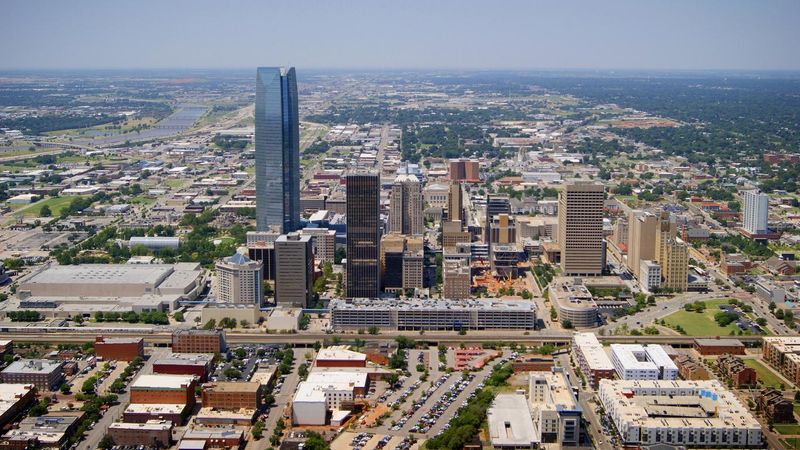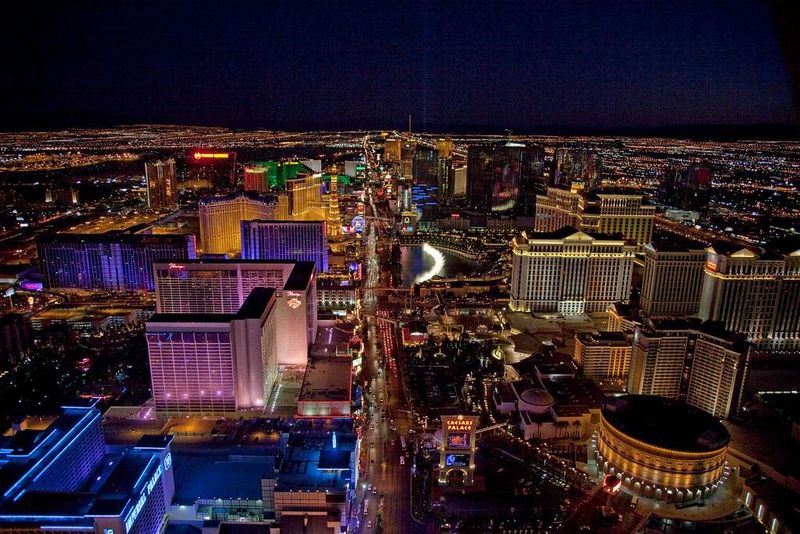In our last article you asked for the cities that are the most dangerous for driving in America — today we bring you a deeper analysis and overview of the key factors affecting driving safety in various urban settings. Driving is part of daily life across the U.S., but in some cities, getting behind the wheel can feel like a gamble. Factors such as speeding, congestion, poor infrastructure, and high rates of impaired driving make certain metropolitan areas far more dangerous than others. Based on recent data from traffic safety organizations, these 15 cities stand out as the riskiest places to drive in America.
Baton Rouge, Louisiana
Louisiana’s capital city consistently ranks near the top for traffic fatalities per capita. Baton Rouge recorded more than 20 fatal crashes per 100,000 residents, one of the highest rates in the U.S.
Contributing factors include aggressive driving, limited public transit options, and outdated road layouts. Interstates I-10 and I-12 are notorious for frequent collisions, particularly during rush hour and rainstorms.
Drivers here face unpredictable conditions daily. Heavy rainfall creates slick roads, while speeding remains a persistent problem across the metro area, making defensive driving absolutely essential for survival.
St. Louis, Missouri
Known for its dangerous intersections and high accident frequency, St. Louis recorded over 70 traffic deaths in 2023. That’s one of the highest rates relative to population.
Poorly maintained roads, speeding, and distracted driving are common issues. The city’s extensive system of aging overpasses and merging interstates adds to the risk, especially along I-64 and I-70 corridors.
Navigating this city requires extra vigilance at every turn. Potholes and crumbling pavement can catch drivers off guard, while rush hour transforms major routes into obstacle courses filled with impatient motorists weaving between lanes.
Detroit, Michigan
Motor City drivers face a challenging mix of poor infrastructure, rough weather, and distracted driving. According to NHTSA data, Detroit’s fatal crash rate is nearly double the national average.
Long winters contribute to icy road conditions, while economic challenges have left some roads in disrepair. Distracted driving—especially texting—has also been cited as a major cause of crashes.
Black ice forms suddenly during winter months, catching even experienced drivers by surprise. Potholes large enough to damage tires appear regularly, and budget constraints mean repairs happen slowly, leaving motorists to navigate treacherous conditions year-round.
Dallas, Texas
Dallas has one of the most dangerous freeway systems in America. The city reports thousands of crashes each year, with I-35E and U.S. 75 among the most hazardous.
Texas has one of the nation’s highest rates of speeding-related fatalities, and Dallas mirrors that trend. Combined with heavy commuter congestion and frequent construction zones, driving here requires constant attention.
Everything feels bigger in Texas, including the risks on the road. Lane changes happen without warning, and drivers regularly exceed speed limits by 15 or 20 miles per hour, creating chaotic conditions that test reflexes daily.
Albuquerque, New Mexico
Albuquerque has a serious problem with impaired driving. NHTSA statistics show that nearly 40% of its fatal crashes involve alcohol.
In addition, the city struggles with speeding and red-light violations. Despite public safety campaigns, DUI arrests remain among the highest in the Southwest, making local roads risky both day and night.
Weekend evenings prove especially dangerous as intoxicated drivers take to the streets. Red-light runners create intersection hazards throughout the metro area, and enforcement efforts haven’t been enough to curb the reckless behavior that claims lives regularly across this desert city.
Memphis, Tennessee
Memphis ranks among the deadliest cities for motorists, with a crash rate significantly higher than the national average. I-240 and U.S. 78 are particularly dangerous routes.
The city’s traffic enforcement has improved, but issues with speeding and reckless lane changes persist. Studies by Insurify and Forbes also note high rates of uninsured drivers, which increases financial risk after collisions.
Getting into an accident here can mean dealing with uninsured motorists who disappear quickly. Aggressive lane-weaving happens constantly, and drivers seem to treat speed limits as suggestions rather than rules, creating nerve-wracking commutes.
Orlando, Florida
Tourism contributes to Orlando’s high accident rate. With millions of visitors renting cars each year, unfamiliarity with local roads leads to confusion and sudden stops.
The I-4 corridor, stretching through Orlando, has repeatedly been labeled one of America’s most dangerous highways. Frequent rain and heavy pedestrian zones around theme parks add even more risk.
Out-of-town drivers miss exits and slam on brakes unexpectedly, causing chain reactions. Afternoon thunderstorms arrive with little warning, turning highways into hydroplaning hazards while tourists struggle to navigate GPS directions through unfamiliar territory packed with theme park traffic.
Houston, Texas
Houston’s sprawling layout and fast-paced freeways make driving there a challenge. The metro area reports thousands of fatal and serious-injury crashes annually.
Interstates I-10 and I-45 often top state lists for accident frequency. Aggressive driving, texting behind the wheel, and storm-related flooding contribute to high collision numbers year-round.
Flash floods can submerge entire sections of highway within minutes during heavy storms. Drivers race between lanes at breakneck speeds, and the sheer size of the metro area means long commutes where fatigue and distraction become serious threats to safety.
Phoenix, Arizona
Phoenix combines extreme heat, sprawl, and distracted driving for a perfect storm of danger. The city saw close to 300 traffic deaths in 2023, according to Arizona Department of Transportation data.
Long commutes and wide multi-lane roads encourage speeding, while dust storms and sun glare frequently cause visibility issues. The sprawling layout means drivers spend more time on the road, increasing exposure to risk.
Haboobs—massive dust storms—can reduce visibility to zero in seconds, creating deadly pileups. Blinding sun during morning and evening commutes makes it nearly impossible to see brake lights ahead, while excessive heat causes tire blowouts regularly.
New Orleans, Louisiana
New Orleans is filled with historic, narrow streets that weren’t designed for modern traffic. Add in high tourism, unpredictable weather, and frequent flooding, and the result is chaos for drivers.
Drunk driving incidents also remain a concern, particularly during festival seasons like Mardi Gras, when collisions spike significantly. Streets flood quickly after rainstorms, creating hidden hazards.
Centuries-old roads twist unexpectedly, and GPS systems often lead drivers astray into impossibly tight corridors. Festival crowds spill into streets without warning, and celebratory drinking leads to impaired drivers navigating confusing routes they barely understand even when sober.
Atlanta, Georgia
Atlanta’s congestion is legendary, and so are its accident numbers. The city’s I-285 beltway has been called one of the most dangerous highways in the country, with hundreds of fatalities over the past decade.
Aggressive driving, high speeds, and stop-and-go conditions make rush hour particularly perilous. Despite heavy enforcement efforts, the problem persists.
Commuters face gridlock that suddenly breaks into high-speed sprints, only to slam back into standstills. Drivers jockey for position aggressively, cutting across multiple lanes without signaling, while construction projects constantly reroute traffic through confusing detours that frustrate even locals.
Los Angeles, California
Los Angeles drivers contend with one of the most congested highway systems on Earth. While fatal crash rates aren’t the nation’s highest, overall collisions are enormous in number.
Freeways like the 405, 101, and 10 see daily accidents caused by lane-weaving, fatigue, and distracted driving. The city’s sprawling geography also encourages long commutes and driver fatigue.
Spending hours inching forward breeds impatience and reckless behavior. Motorcyclists split lanes at high speeds, while exhausted commuters nod off behind the wheel after two-hour crawls home, creating constant collision risks across this massive metropolitan maze.
Jacksonville, Florida
Jacksonville’s massive land area and high-speed roads make for dangerous conditions. The city ranks among Florida’s leaders in fatal crashes, with especially high rates on U.S. 1 and I-295.
Frequent heavy rain and limited public transport force more people to drive, increasing congestion and the chance of collisions. The city’s sprawl means longer distances and more time exposed to risk.
Rain arrives suddenly and intensely, turning roads into slippery hazards within seconds. With few transit alternatives, everyone must drive, packing highways with vehicles traveling at speeds too fast for wet conditions, resulting in frequent hydroplaning and multi-car crashes.
Oklahoma City, Oklahoma
Oklahoma City’s wide, flat roadways often encourage drivers to speed—one of the main factors in its high fatality rate. Local police report that over one-third of deadly crashes involve excessive speed.
Rural highways leading into the metro area also contribute to severe accidents due to limited lighting and long stretches between exits. The open landscape creates a false sense of security.
Endless straight roads tempt drivers to push the pedal down, often reaching dangerous speeds. When accidents happen on these isolated stretches, help arrives slowly, and the lack of barriers or lighting makes nighttime driving especially treacherous for unsuspecting motorists.
Las Vegas, Nevada
Las Vegas ranks near the top for crashes involving impaired and distracted drivers. With 24-hour nightlife, alcohol-related incidents are frequent.
The Las Vegas Strip, packed with tourists and ride-share traffic, is a constant collision zone. Clark County officials report hundreds of traffic deaths each year, often tied to speeding and intoxicated driving.
Drunk tourists stumble into traffic at all hours, while intoxicated drivers weave between lanes. Ride-share vehicles stop suddenly in traffic to pick up passengers, and distracted drivers gawk at bright casino lights instead of watching the road, creating a nonstop parade of near-misses and actual collisions.
